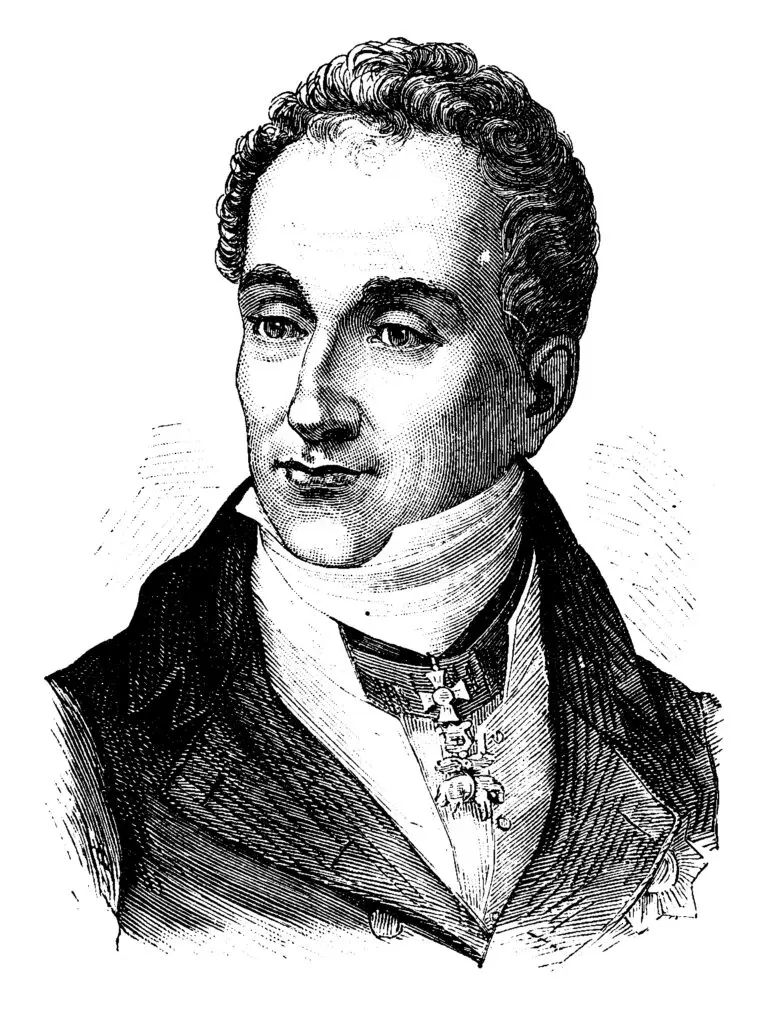Revolutions of 1848

Table of Contents
What was the Revolutions of 1848?
The Revolutions of 1848, also known as the Springtime of Nations or the Springtime of Peoples, were a series of revolutionary upheavals that swept across Europe in 1848.
These revolutions were sparked by a combination of economic hardship, political discontent, and demands for social reform. Inspired by liberal and nationalist ideals, people from various social classes and ethnic backgrounds rose up against their rulers, seeking political freedoms, constitutional rights, and national independence.
Revolutions of 1848 History
The revolutions were sparked by a combination of economic hardship, social discontent, and demands for political reform, including calls for greater democracy, civil liberties, and national self-determination.
The February Revolution in France led to the overthrow of King Louis Philippe and the establishment of the French Second Republic, marked by the adoption of a new constitution and the election of a president.
The revolutionary wave quickly spread to other parts of Europe, including the Austrian Empire, the German states, Italy, and the Habsburg-controlled territories in Central Europe.
In Austria, widespread protests and uprisings led to the resignation of Chancellor Klemens von Metternich and the promulgation of a new constitution, granting civil liberties and representative government.
The German states experienced mass demonstrations and demands for political reform, culminating in the convening of the Frankfurt Parliament in May 1848, which aimed to draft a constitution for a unified German nation-state.
The Italian states witnessed uprisings against foreign rule and demands for national unification and independence, particularly in the Kingdom of Lombardy-Venetia and the Kingdom of the Two Sicilies.
The Habsburg Empire faced widespread unrest and nationalist movements, with uprisings in Hungary, Bohemia, and other regions demanding autonomy and recognition of national rights.
The Russian Empire experienced limited unrest, with demonstrations and strikes in urban areas, although the government was able to suppress dissent and maintain control.
The Revolutions of 1848 were characterized by a diversity of political ideologies and goals, including liberalism, nationalism, socialism, and conservatism, reflecting the complex social and political landscape of Europe at the time.
By the end of 1848 and into 1849, most of the revolutionary movements had been defeated or had collapsed, with conservative governments reasserting control and rolling back many of the reforms.
Related Links
French Revolution
Italian Renaissance
Napoleonic Wars
Scientific Revolution